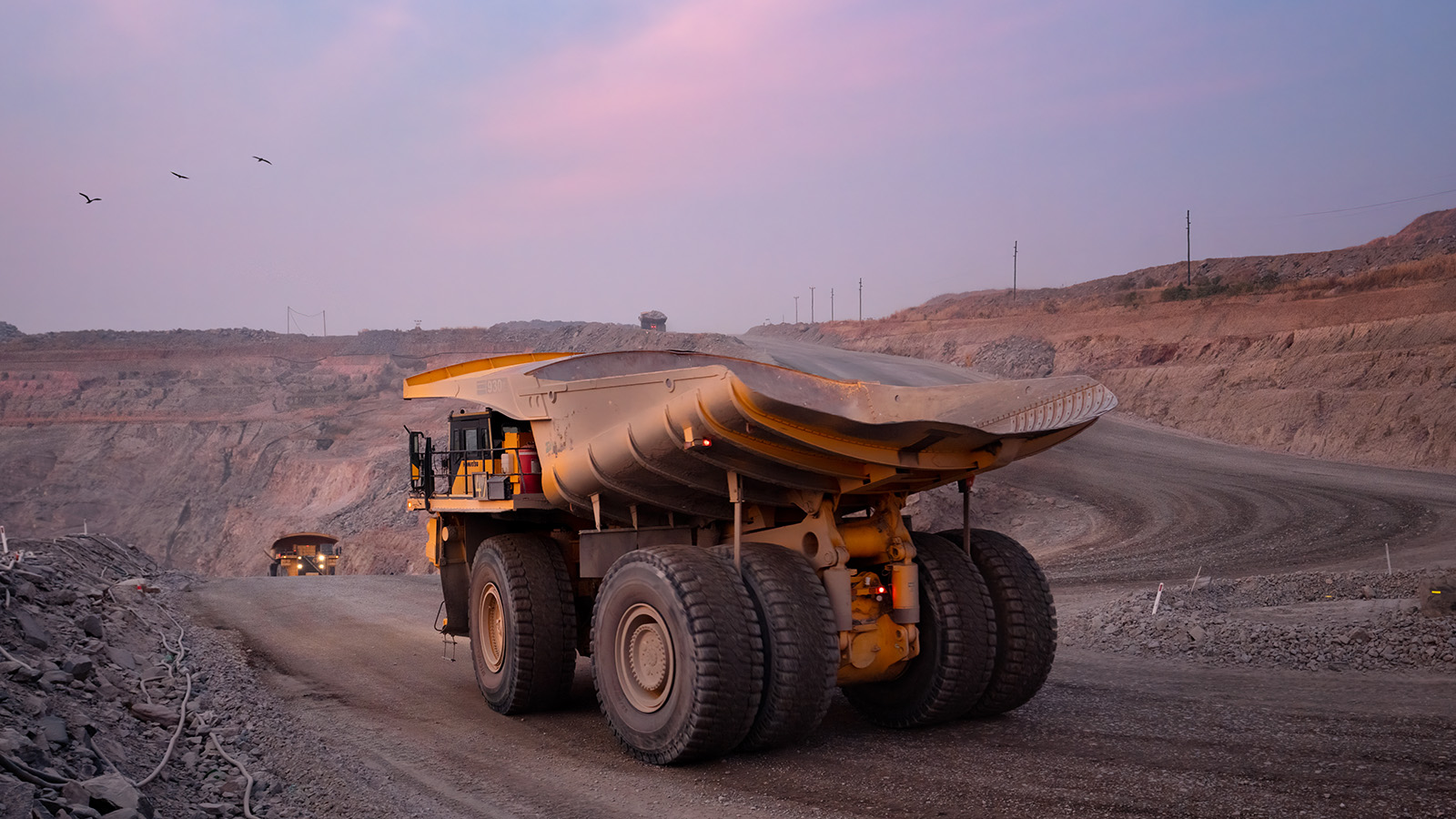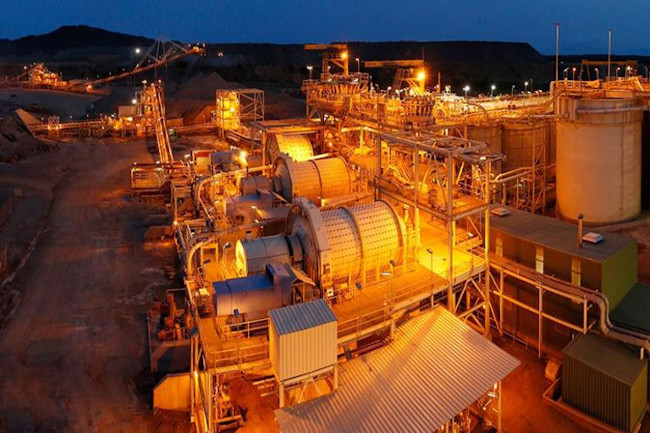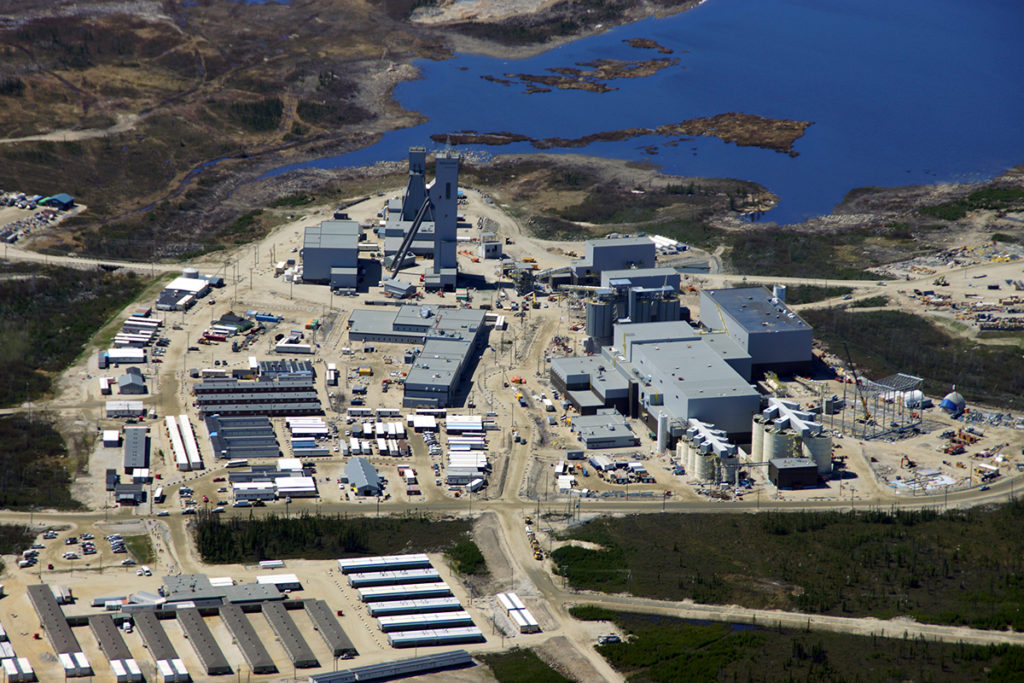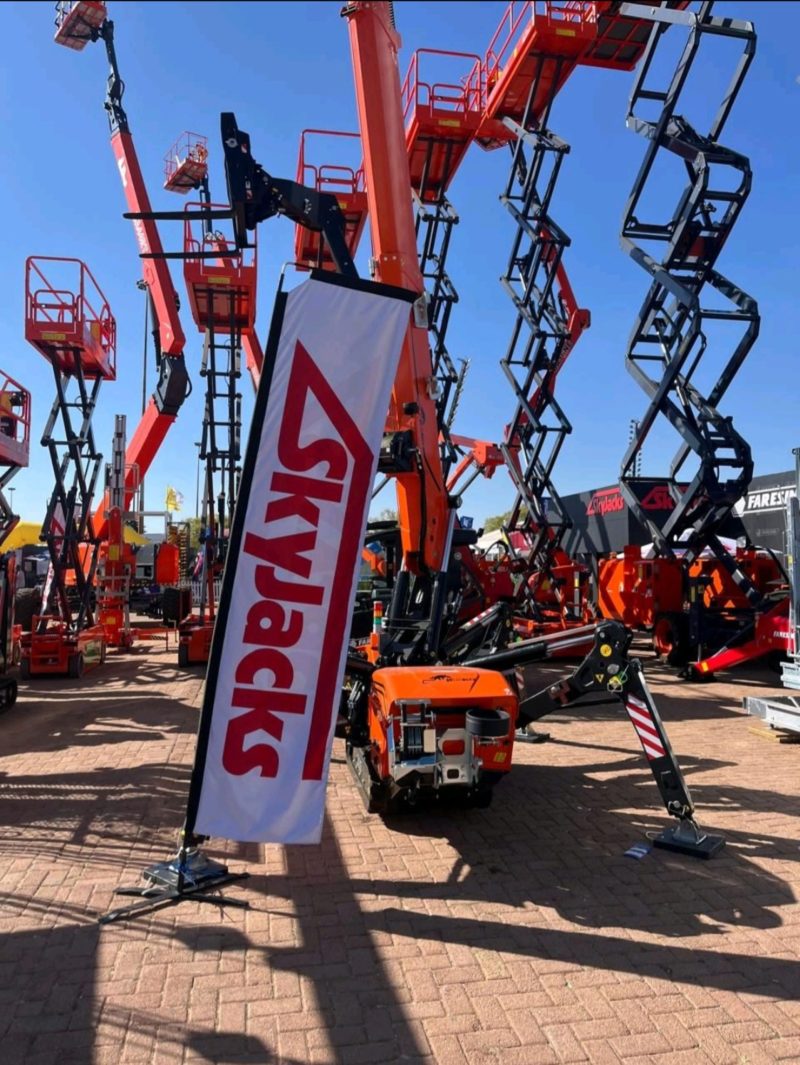Mining Other

Hydraulic Hammer Market Innovations, Growth Drivers, and Global Industry Outlook
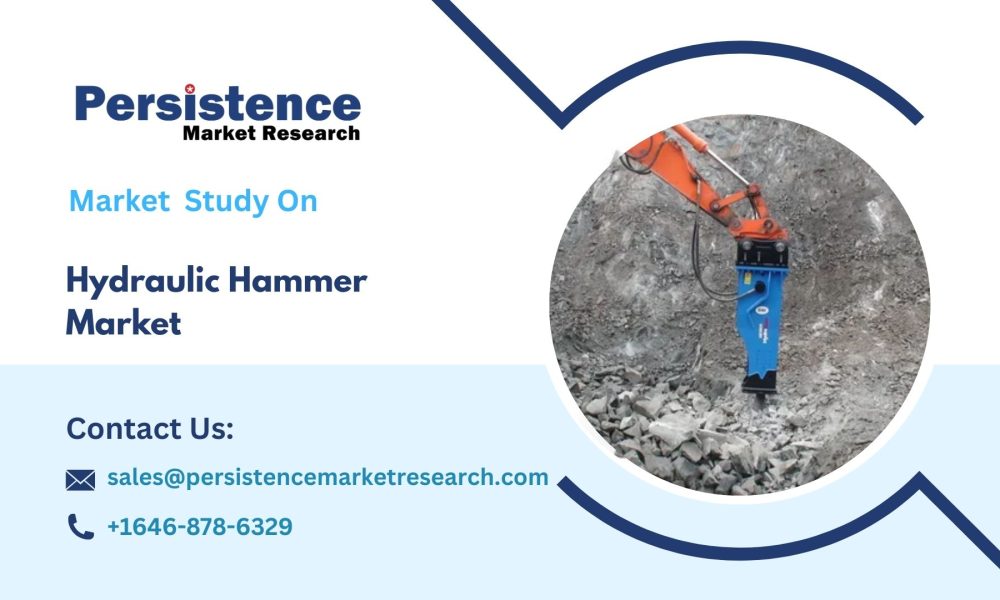
The global hydraulic hammer market has been witnessing steady growth due to the rising demand in construction, mining, and demolition activities. As of 2024, the market is valued at approximately US$ 1.5 billion and is projected to reach US$ 2.6 billion by 2033, demonstrating a robust CAGR of 5.9%. The growth is primarily driven by infrastructure development across emerging economies, increasing investments in construction projects, and the growing need for advanced demolition solutions. Hydraulic hammers are gaining traction due to their superior efficiency, reliability, and ability to handle heavy-duty applications compared to traditional mechanical hammers.
Among various product types, the mid-range hydraulic hammer segment has emerged as a leading category, accounting for a substantial share of the market owing to its versatility and cost-effectiveness. Geographically, the Asia-Pacific region dominates the market due to rapid urbanization, extensive infrastructure projects, and high adoption of construction machinery. Countries like China and India are investing heavily in large-scale construction and mining projects, further fueling the demand for hydraulic hammers. Additionally, rising mechanization in the construction sector is encouraging the use of efficient hydraulic equipment, reinforcing market growth.
Key Highlights from the Report
• The global hydraulic hammer market is projected to reach US$ 2.6 billion by 2033.
• Asia-Pacific is the leading regional market due to rapid infrastructure growth.
• Mid-range hydraulic hammers are the fastest-growing product segment.
• Increasing construction and mining activities are key drivers.
• Technological advancements in hydraulic equipment enhance operational efficiency.
• Growing demand for sustainable and cost-effective demolition solutions is shaping market trends.
Market Segmentation
The hydraulic hammer market can be segmented based on product type, end-user, and application. Product types include low, mid, and high-range hydraulic hammers, each catering to specific operational needs in construction and mining sectors. End-user segmentation comprises construction companies, mining industries, and demolition service providers. Construction companies are the largest end-users due to the surge in infrastructure projects globally. Other segments include municipal corporations and rental service providers who utilize hydraulic hammers for urban development and temporary project requirements. Application-wise, the market caters to demolition, quarrying, trenching, and breaking hard rock operations, with demolition and quarrying being the dominant segments due to increasing urbanization and infrastructure development.
Regional Insights
Regionally, Asia-Pacific leads the market, driven by countries such as China, India, and Japan, which are witnessing extensive construction and mining projects. North America follows closely, supported by advanced technological adoption and the replacement of aging infrastructure. Europe exhibits moderate growth with a focus on sustainable construction practices and regulatory compliance. The Middle East and Africa show potential due to infrastructure investments in urban and industrial projects, while Latin America benefits from mining and large-scale construction developments. Overall, the regional trends indicate that developing economies are providing the primary growth impetus for the hydraulic hammer market globally.
Market Drivers
The hydraulic hammer market is primarily driven by increasing construction activities, rising investments in infrastructure, and technological advancements in hydraulic equipment. The efficiency, precision, and versatility offered by hydraulic hammers make them a preferred choice over traditional demolition tools. Moreover, the need for faster project completion and reduced operational costs is further fueling market demand. Urbanization, industrial expansion, and mining operations also contribute significantly to market growth. Additionally, ongoing innovation in hydraulic hammer design, such as noise reduction and energy-efficient mechanisms, supports broader adoption across multiple applications.
Market Restraints
Despite the promising growth, the hydraulic hammer market faces several restraints. High initial investment costs and maintenance expenses for advanced hydraulic equipment can limit adoption, particularly among small-scale operators. The dependency on skilled labor to operate hydraulic hammers may also pose challenges in regions with limited technical expertise. Additionally, environmental regulations concerning noise and emissions in certain countries may restrict usage or require modifications to standard equipment. Fluctuating raw material prices and supply chain disruptions can also impact production costs and market growth.
Market Opportunities
The hydraulic hammer market offers significant opportunities for manufacturers and service providers. Expansion into emerging markets with rapid urbanization and infrastructure development presents a lucrative avenue. Innovation in energy-efficient, eco-friendly, and low-noise hydraulic hammers is creating new adoption opportunities. The rental market for hydraulic hammers is also growing, enabling small and medium enterprises to access advanced equipment without significant capital expenditure. Furthermore, partnerships with construction and mining companies for equipment leasing and after-sales support can enhance market penetration. Development of smart hydraulic hammers with IoT integration for predictive maintenance and monitoring offers an additional growth trajectory.
Company Insights
• Atlas Copco – Leading global provider of hydraulic hammers with a focus on technological innovation.
• Montabert – Offers a wide range of hydraulic hammers with emphasis on performance and durability.
• Stanley Infrastructure – Known for mid-range and high-range hammers catering to mining and construction sectors.
• Indeco – Provides energy-efficient and low-noise hydraulic hammers for urban projects.
• NPK Construction Equipment – Specializes in durable hydraulic hammers for heavy-duty applications.
Recent Developments:
• Atlas Copco launched a new series of energy-efficient hydraulic hammers in 2024, enhancing operational efficiency.
• Montabert expanded its presence in the Asia-Pacific region through strategic partnerships with local distributors, increasing market reach.
Conclusion
The global hydraulic hammer market is poised for significant growth, driven by the rising demand in construction, mining, and demolition activities. From a valuation of US$ 1.5 billion in 2024, the market is expected to reach US$ 2.6 billion by 2033, achieving a CAGR of 5.9% during the forecast period. Technological advancements, rapid urbanization, and infrastructure development, particularly in emerging economies, will continue to fuel market expansion. With increasing adoption of eco-friendly and energy-efficient hydraulic hammers, coupled with opportunities in rental and IoT-integrated solutions, the market presents robust growth prospects for manufacturers, investors, and end-users worldwide.





